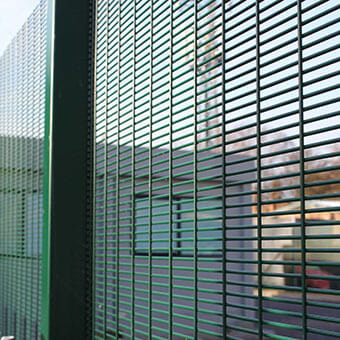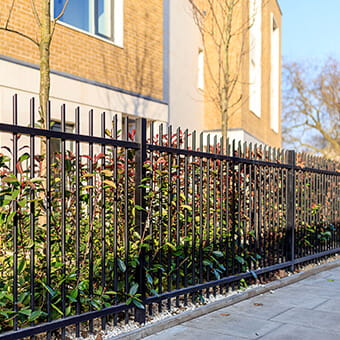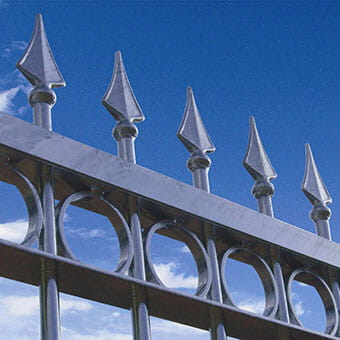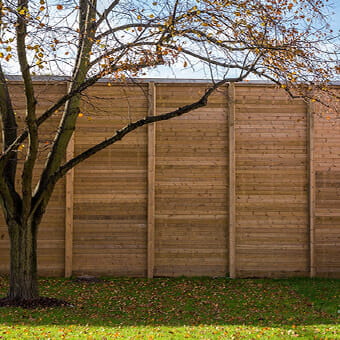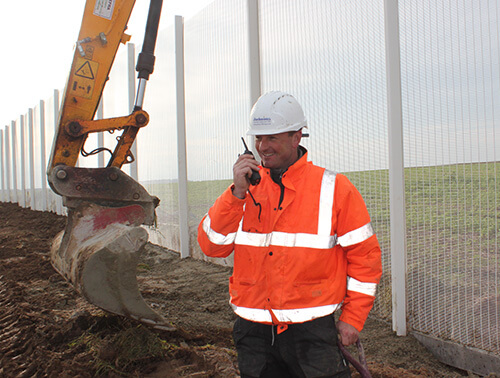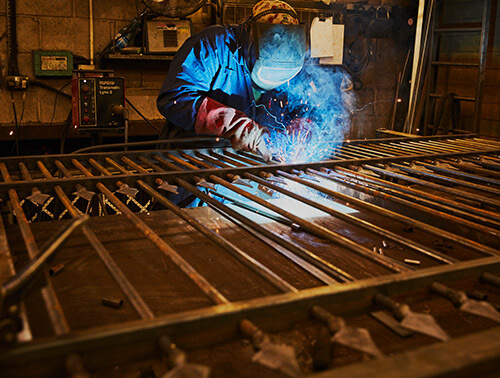Our other sites:
Landscape architecture plays a fundamental role in our everyday lives; the environment in which we live has been carefully planned, managed and nurtured to improve our quality of life. This art of composing landform, structures and paving to create beautiful public spaces requires a flair for creativity and a passion for helping communities define themselves.
Where there are potential risks and hazards, landscape architecture should incorporate appropriate security solutions, resulting in a site that’s not only aesthetically pleasing, but protected from identified risks too.
Assessing the site and identifying risks
The first step in integrating security with landscape architecture is to carry out a full risk assessment, identifying potential hazards and possible issues for design. This includes site considerations such as: location, the characteristics of that location and its topography. The assessor will also take into account how the landscape will be used and what function it will fulfil.
It’s important to consider the types of buildings in the area and whether there are any high-risk sites nearby, as these will have a direct impact on the planning and security of your area. Establishing who will have access to the space and how they will gain access are also crucial points in a standard risk assessment.
Understanding the crime context is critical in designing a security strategy: finding out what types of crime occur in the area, the types of crimes that have occurred on-site, the causes of those crimes, and how they can be prevented.
The balance between security and aesthetics
While the key priority of security products is reducing risk, the resultant design decisions must not impact the public enjoyment of the landscape. A multi-layered, balanced approach is needed to enhance the space while providing an appropriate level of security.
If there is a need for Hostile Vehicle Mitigation (HVM) – preventing vehicles from being used as weapons – security elements should be installed that are not only deterrents to vehicles, but integrated landscape furniture too. The aim of architects here is to reinforce security with a variety of landscape features that are multi-functional, rather than designed purely for the purposes of security.
The security specialist, landscape architect, structural engineer and client should all work together in analysing the existing site and developing a proposed design. If there is a lack of awareness or concern for safety in the project, then the team will inevitably design in security issues, denying the opportunity to create a practical landscape with the right balance of aesthetic appeal and security.
Solutions for secure landscape designs
Aesthetic appeal should be central to landscape security design and, as previously mentioned, architects must be careful not to intimidate the general public. Concrete blocks, for example, may be highly effective in HVM but would look out of place in many public spaces.
Our Linebacker® crash fence has a much softer look, giving an outward appearance of a natural timber post and rail-fencing system. With its concealed steel cables, however, it is capable of stopping a 7.5 tonne vehicle travelling at 50mph.
Other barrier designs are available depending on individual site requirements. Landscapes that border sources of noise pollution – such as busy roads and commercial premises – will benefit from acoustic fencing, which can also provide high levels of security while blending with the surrounding environment. The privacy that acoustic fencing affords is excellent, but if your landscape requires barriers with greater emphasis on high visibility, then vertical bar fencing will be more suitable.
Our vertical bar range is an alternative to steel palisade fencing. Stylish and incredibly strong, vertical bar fencing offers greater security than generic steel palisade, which is often constructed using low quality steel and creates a fortress-like appearance. It’s also important to note that hedges and trees are highly effective in site protection when combined with any barrier design.
Finally, bollards provide an effective and unobtrusive security solution, especially if the site has vehicle access or is located close to road traffic. They can be generally split into two categories – crash-rated and non-crash rated – and designs such as Beaufort Automatic Rising Bollards can easily be integrated with landscape architecture.
Related Products
Jacksons Fencing have a large range of related products, all complete with our 25 year guarantee. If you cannot find the item you are looking for, please do not hesitate to call our friendly sales team.
Related Content
Top
